By Charles Hilbert
On a warm summer day in the year 378 BC, a large Spartan army stood baffled on the plain of Boeotia in central Greece. Before them at the top of a small hill were their enemies, the Thebans and Athenians, standing at ease with their shields resting against their knees and their spears held upright, pointing harmlessly at the sky. They seemed entirely unconcerned at the approach of 18,000 red-cloaked Spartans, the most feared warriors in all of Greece, soldiers whose very appearance caused large armies to melt away before a single blow was struck. The Spartan king, Agesilaus II, who had terrorized the Persians and most of the Greek world for the past 30 years, was literally stopped in his tracks by the unexpected maneuver.
Chabrias the Athenian Venture to Cyprus
The man responsible for Agesilaus’s perplexity was Chabrias the Athenian. Diodorus, the Sicilian historian, first mentions the shadowy mercenary in his account of the Corinthian War (394-386 bc), in which the Spartans and their allies fought the Athenians, Corinthians, and Thebans. Diodorus records that Chabrias was sent to command the Athenian contingent at Corinth sometime in late 390 or early 389. While the Athenians were sending Chabrias to Corinth, Euagoras, the king of Cyprus, was sending messengers to the Athenians, asking for help in his revolt against the king of Persia. In 388 the Athenians, answering his appeal, gave Chabrias 800 lightly armed mercenary peltasts and some Athenian heavy infantry, called hoplites, and sent him to Cyprus. Along the way he stopped at the island of Aegina, a base for the Spartan naval blockade of Athens. He beached his galleys, called triremes, under cover of night, and marched inland with his peltasts. At dawn the hoplites landed.
Apprised of the invasion but unaware of Chabrias’s nighttime maneuvers, Gorgopas, the Spartan commander, led his men toward the hoplites, walking headlong into an ambush set by Chabrias the night before. As Gorgopas passed the hollow where the peltasts lay concealed, Chabrias and his men rose up, threw javelins, and slung stones. Gorgopas and those in front were immediately struck dead on the spot. The Athenian hoplites then advanced. With their leader slain, the Spartans and Aeginans fled with Chabrias in hot pursuit. Xenophon, a contemporary of Chabrias, recorded the aftermath in his Hellenika: “After this, the Athenians, as if at peace, sailed the sea.”
Chabrias continued on to Cyprus, from which according to the Roman biographer Kornelius Nepos, “He didn’t leave until he had conquered the whole island by fighting.” In 386 the Persian king, along with Dionysius, the tyrant of Syracuse, gave the Spartans some ships with which to blockade the Hellespont. Since most of Athens’ grain was imported and had to pass through the Hellespont, the Athenians were forced to surrender. They signed the Peace of Antalcidas, named after the Spartan ambassador to Persia, in 387, which returned Cyprus to Persia. It took six more years of fighting before Euagoras submitted.
Chabrias left Cyprus in accordance with the terms of the treaty, but by 385 he was again fighting the Persians, this time in Egypt, leading the forces of the Egyptian King Akoris. The Persians complained to the Athenians, who replied that Chabrias was acting on his own, without orders from the government. Having designed and built fortifications to guard the Nile Delta, Chabrias spent the next three years defending them against the Persians.

Tension Builds Between Sparta and Athens
In the meantime, the Spartans occupied Thebes in the summer of 382. By winter 379, revolt was brewing among the Theban exiles in Athens. The Athenians, anxious at the growing power of Sparta and eager to help the Thebans, recalled Chabrias from Egypt, ostensibly in reply to the Persian demands. The Theban revolt was successful, the Spartan garrison of Thebes was expelled, and Chabrias arrived just in time to prevent the Spartan relief column under King Cleombrotus from entering Theban-controlled Boeotia. Cleombrotus turned and took the road to Plataia, but being the leader of Sparta’s peace party, he took no offensive action, and after camping in Boeotia for about two weeks, he returned to Sparta.
The next spring, unimpressed by Cleombrotus’s ineffectual invasion, the Spartan Ephors, or ruling council, sent Agesilaus, the leader of Sparta’s war party and an inveterate enemy of the Thebans, to invade Boeotia. He planned to force the Thebans to fight a decisive battle and destroy them. But the Thebans had not been idle; they encircled the plain and the most valuable lands about the city with a ditch and palisade. A determined Agesilaus broke through the stockade while his enemies slept and headed for Thebes.
As soon as the Athenians heard of the Spartan invasion, they sent 5,000 hoplites and 200 horsemen to reinforce the Thebans. Once Agesilaus had passed the stockade, the Athenian reinforcements occupied the crest of an oblong hill about two miles from Thebes. Perhaps the position had been chosen by Chabrias, who had brought with him between 1,000 and 2,000 veterans of his Cyprian and Egyptian campaigns. He may even have been the architect of the Theban stockade, since he had helped to fortify the approaches to Egypt against Persian invasion a few years before, and most recently had been responsible for the construction of a stone wall and a system of watchtowers designed to prevent access to Attica by way of the Elusinian plain, the usual invasion route followed by the Spartans.
Denying Sparta a Victory
Agesilaus, observing the Theban position, led his men forward in battle order and sent his peltasts ahead to test the Theban dispositions. The Thebans, having the advantage of being on higher ground, beat them back easily. Then Chabrias put into operation a plan he had prearranged with his Theban allies, most notably Gorgidas, who commanded the famous Sacred Band of Thebes. Chabrias and the Athenians held the left of the line, directly opposite Agesilaus and the Spartans. Marching forward on Agesilaus’s left were the Spartan allies, directly opposed to the Thebans, whose Sacred Band formed the right of the Theban line. The Spartans came on slowly to preserve order, marching in step to the sound of flutes.
Meanwhile, the Theban army moved as if in response to a single word of command. They took off their shields, rested them against their knees, and stood with their spears at the upright position. Agesilaus was amazed. This was something no Spartan had ever seen. He halted the advance with a trumpet call. He may have been amazed, but he wasn’t stupid. To continue uphill against such a determined and obviously well-disciplined force would have been senseless slaughter. Had the enemy shown signs of wavering or indecision, the advance would surely have continued. But with the Thebans holding the high ground, the issue hung in the balance, and even a Spartan victory would have been too costly. Agesilaus waited a while to give his enemies a chance to advance against him. According to Diodorus, “Since the Thebans did not come down, the phalanx of foot he [Agesilaus] led away, the horse and light infantry having been sent away, he ravaged the land fearlessly and of much spoil he became master.” Chabrias had gained a strategic victory by denying Agesilaus the opportunity to fight a decisive battle.
Chabrias’s defiance of the Spartans went down in history as his most famous exploit. To commemorate his stratagem, the Athenians erected a statue to him in the Agora at public expense. It portrayed him as a hoplite with shield against his knees and spear upright. Afterward, athletes and other artists had their own statues posed in similar attitudes when they won their victories. The next summer, Agesilaus was back. He made a two-day march in one day and passed the Theban stockade at Skolos before the Thebans knew what was happening. He then devastated the Theban fields as far as the walls of Tanagra. The Thebans advanced and occupied a hill that lay between Agesilaus and Thebes.
For the second time, Agesilaus chose not to advance uphill in the face of a determined enemy. He simply led the Spartans around the hill and straight toward Thebes itself in an attempt to put his army between the Thebans and their city and force them to fight. The Thebans on the hill hurriedly left their position and headed back to Thebes at a run. Some of the Spartans ran after them. But the Thebans held the high ground and threw their spears down at the attacking Spartans. The Spartan light infantry and some of the cavalry charged up the hill and attacked the Theban rear guard, but as they got near the walls of Thebes, the Thebans turned around and stood their ground. The light troops stopped their pursuit and retreated from the high ground. Agesilaus led his men back to the Thebans’ original position and camped for the night. The next day he led the army back to Thespiai. Outmaneuvered for the second time by Chabrias, Agesilaus returned to Sparta, having failed again to annihilate the Thebans in a pitched battle.

Peace With Sparta, War With Thebes
Impotent on land, the Spartans decided to try a naval blockade, a tactic that they had used to defeat the Athenians in 404 and again in 386. The Athenians, giving command of their fleet to Chabrias, sent him out to break the blockade. With 83 triremes, he met the Spartan commander Pollis and his 65 vessels near the island of Naxos in September 376. Both commanders stationed themselves on their respective right wings. At first Pollis had the upper hand, ramming his way through the Athenian left, destroying the trireme of the left-wing commander, Kedon, and killing Kedon himself. But Chabrias used his superior numbers to good effect, reinforcing his left and defeating the ships in front of him, sinking more than 20 and capturing eight, with a loss of 18 of his own vessels. If Chabrias had not stopped to pick up the Athenians whose ships had sunk and the bodies of those who had been killed, he would have destroyed the entire Spartan fleet. But Chabrias, remembering the Battle of Arginusae, when victorious Athenian commanders were condemned to death for failing to pick up survivors and bodies even though a fierce storm was raging, took care not to make the same mistake.
In Athens, the population was ecstatic at Chabrias’s return. The Battle of Naxos was their first naval victory in almost 30 years. It happened to fall on the Festival of the Great Mysteries, and every year on that day Chabrias, whose fondness for parties was well known, would distribute wine to the celebrants. He spent the next year sailing around the eastern Mediterranean, gaining allies for Athens. By now all the Greek states needed a breather, and in 375 they signed another treaty. The peace proved illusory; almost as soon as it was signed, the Athenians and Spartans engaged in a cold war in the west of Greece, and Chabrias again was in the thick of it. The fighting dragged on until 371, when all the Greek states except Sparta and Thebes signed another peace treaty.
Twenty days later, the Spartans suffered the worst defeat in their history at the hands of the Theban commander Epaminondas, who invented the oblique order of battle for just that occasion. He invaded Sparta and gained allies all over Greece. Soon the Thebans and their allies were camped on the banks of the Eurotas River, across from the unwalled city of Sparta. Epaminondas did not press his luck; the river was high, and he knew that Agesilaus and the Spartans were desperate. The Thebans and their allies contented themselves with raiding the length and breadth of the land and carrying off anything of value.
In 369, Epaminondas launched another invasion, and the Spartans sent ambassadors to their old enemy, Athens, asking for military aid against the Thebans. The Athenians, fearing the increased power of their former ally, assented. To enter the southern part of Greece, the Peloponnese, Epaminondas would have to lead his army past Corinth, the city that controlled the southern part of the isthmus connecting the Peloponnese with the rest of the Greek mainland. In a daring attempt to take the city, the Theban Sacred Band appeared suddenly on the heights above Corinth and rushed toward the open gates. Within 100 yards of the city wall, they ran into a body of Chabrias’s peltasts. Unburdened by the hoplites’ huge shields and body armor, the peltasts climbed onto burial monuments lining the road and rained down stones and javelins. Men in the front ranks of the Sacred Band were struck. Some fell dead in their tracks; others suffered painful wounds caused by the sharp javelins and bullet-like sling-stones. Unable to come to grips with their foes, the Thebans turned in flight. The peltasts climbed down and chased them for about half a mile, then they returned to the city and hauled away the bloody bodies of their enemies.
An Honorable Death
Three years after his successful defense of Corinth, Chabrias was charged with treason for failing to prevent the defection of Oropos, a town on the border between Attica and Boeotia. Defended by the philosopher Plato, he was acquitted, and in 360 he returned to Egypt, where he commanded the Egyptian fleet while his old adversary Agesilaus commanded the infantry. After successfully and profitably helping the locals slaughter each other, the two Greeks sailed for home. Agesilaus was 84 years old and had been cut, stabbed, and beaten by every weapon known to man throughout a long and violent career. He died of old age on the voyage back to Sparta.
By 357, Athens’ allies were tired of playing second fiddle to the Athenians and sought to break away from the Second Athenian Confederacy. Chabrias was sent to persuade them to reconsider. His first target was the island of Khios. Sailing into the harbor, he outdistanced his own fleet and was soon surrounded by the triremes of his enemies. His ship, struck by a ram, began to sink. Although he would have been able to escape if he had thrown himself into the sea, Chabrias preferred to die. The rest of his crew jumped overboard and swam to safety. But Chabrias, thinking that a noble death was preferable to a dishonorable life, was killed fighting hand-to-hand with the enemy.
Chabrias was a hard-drinking, hard-fighting, front-line general. But he was also a careful, methodical tactician who excelled in all manner of armed combat, and he was an expert in field fortifications. He successfully commanded light and heavy troops as an infantry general and was also admiral of the fleet. He fought victoriously wherever the Athenian people sent him, on three continents, on land and on the sea. Although he spent a lifetime battling Athens’ many enemies in various far-off places, it was his psychological victory over the Spartans at Boeotia that was admired and remembered the most.

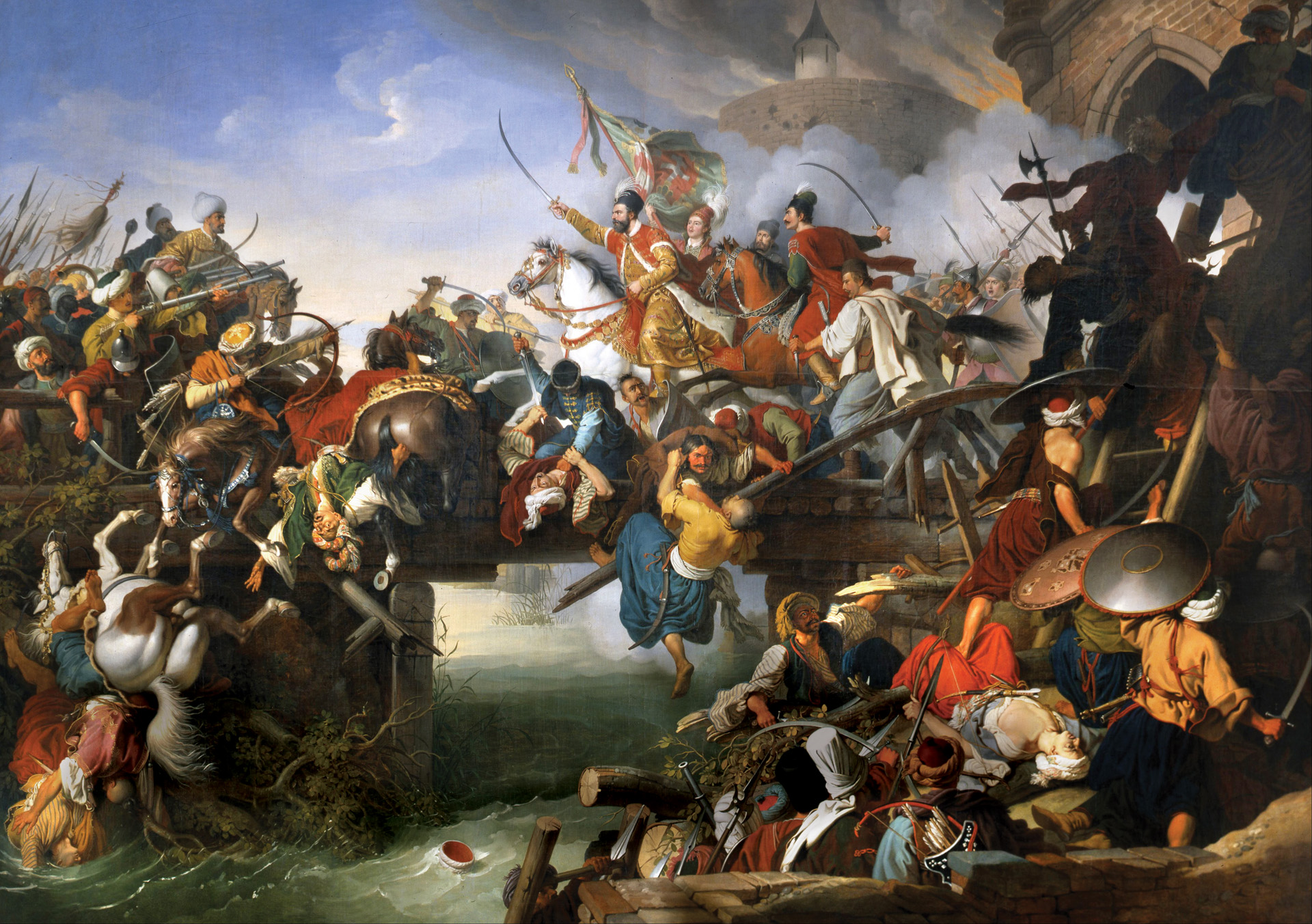
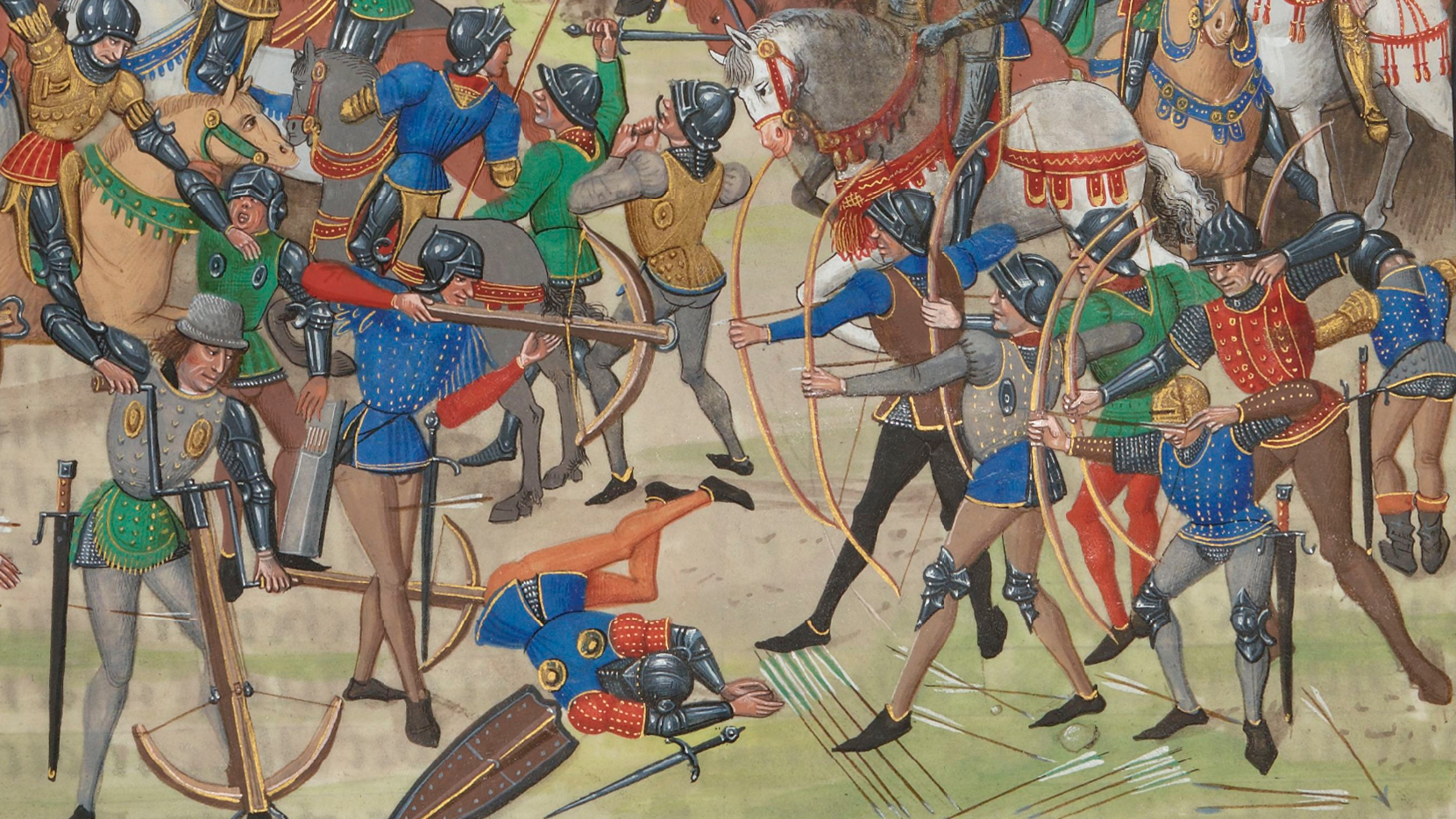
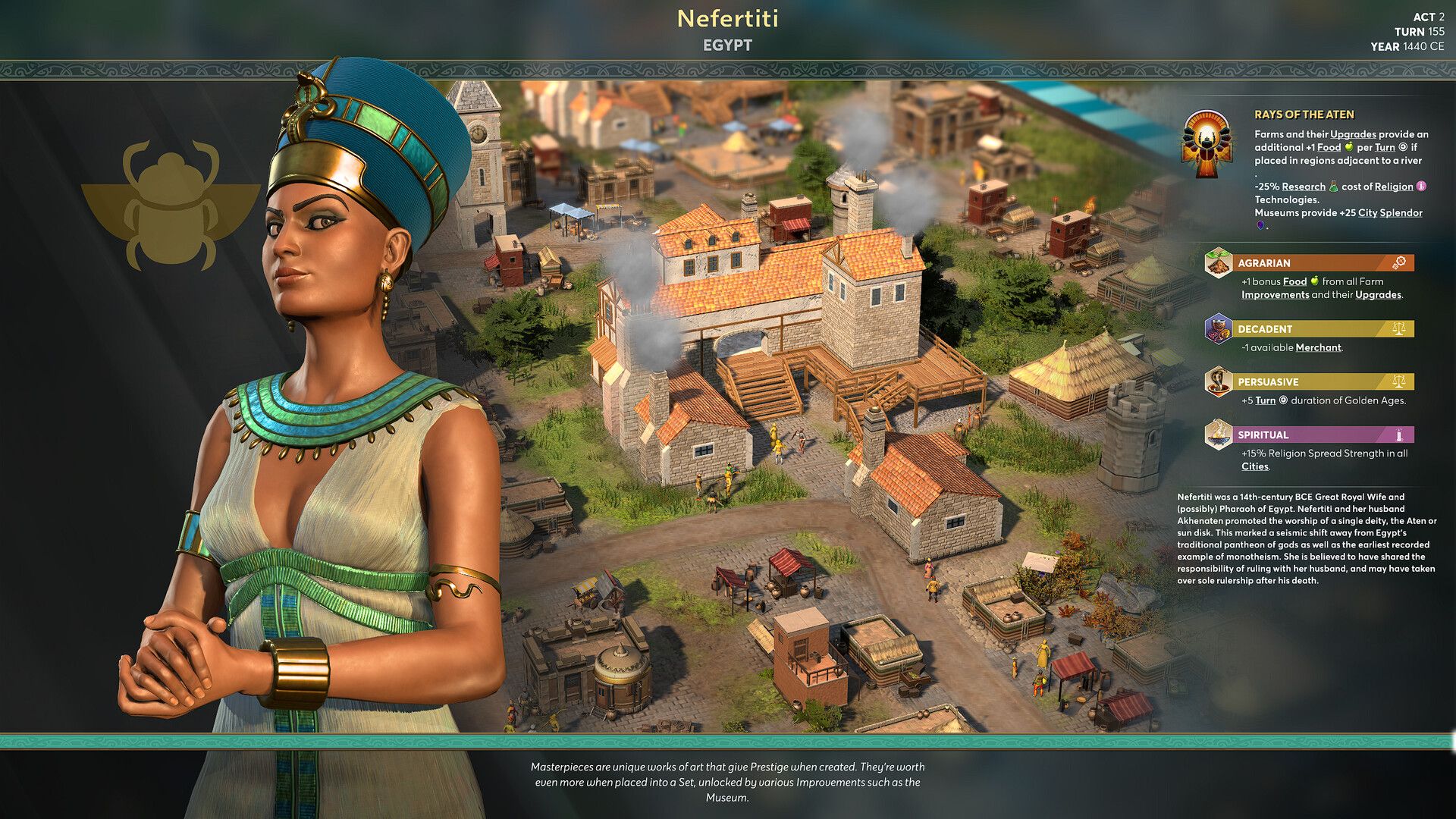
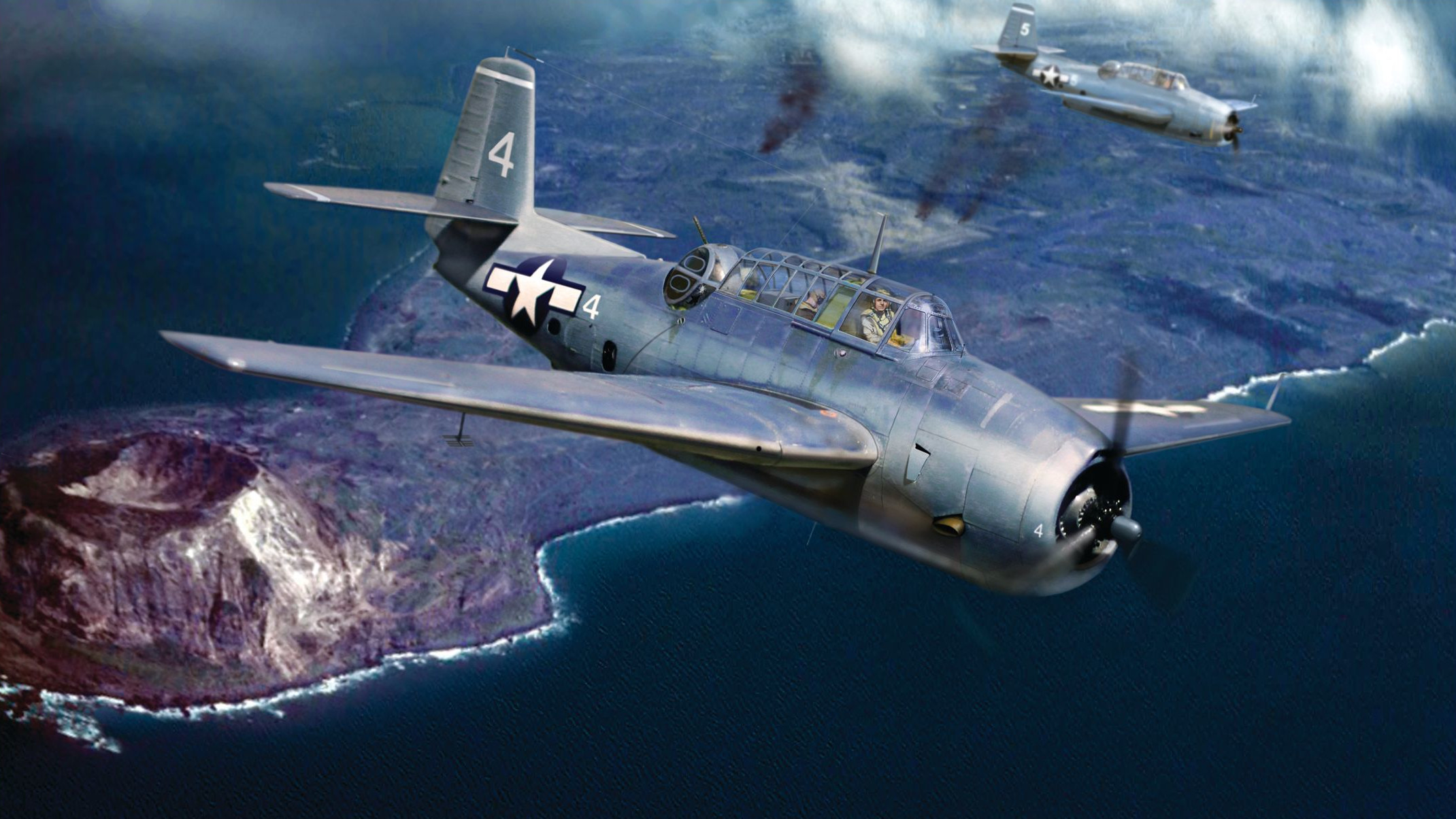
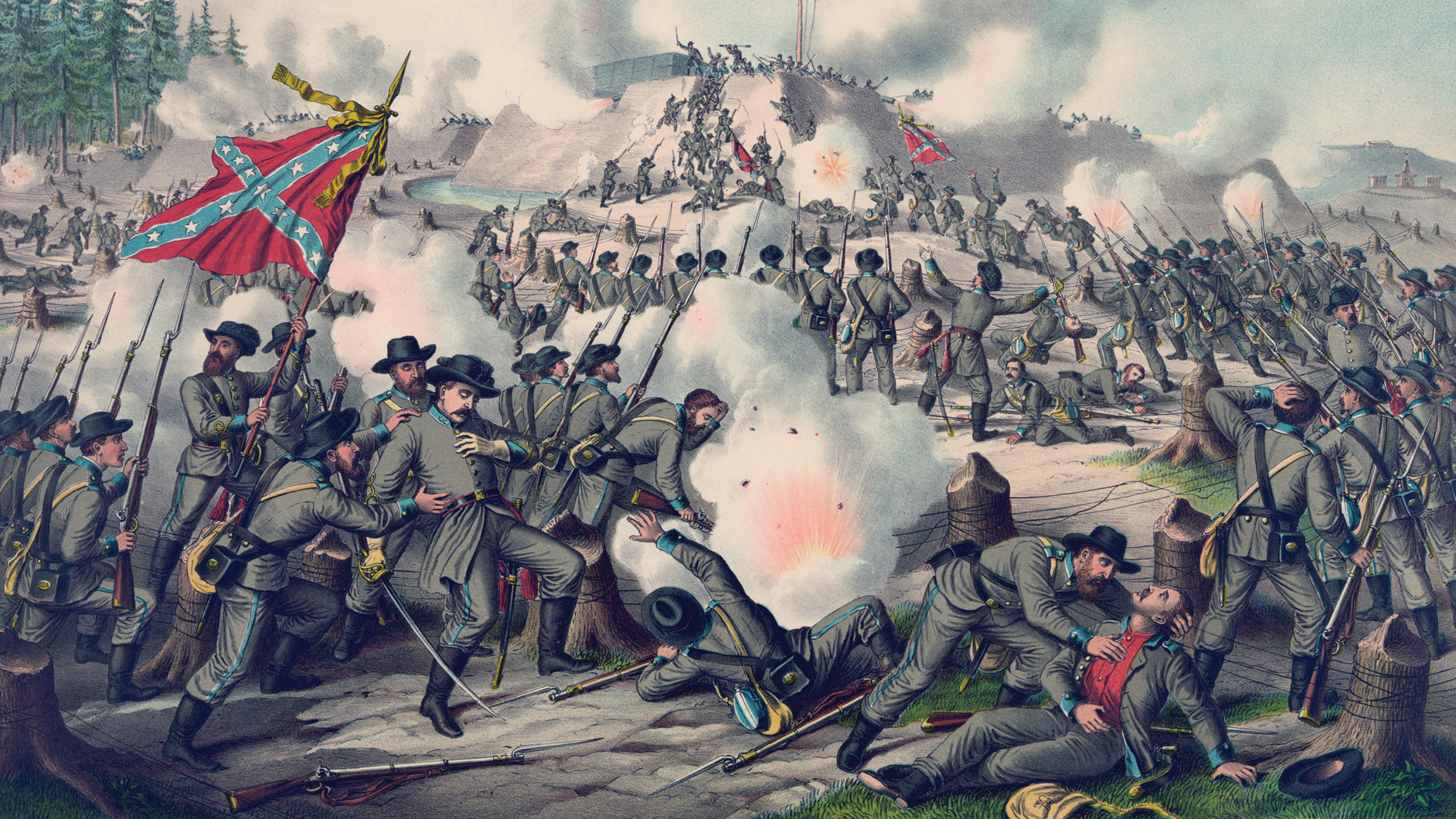
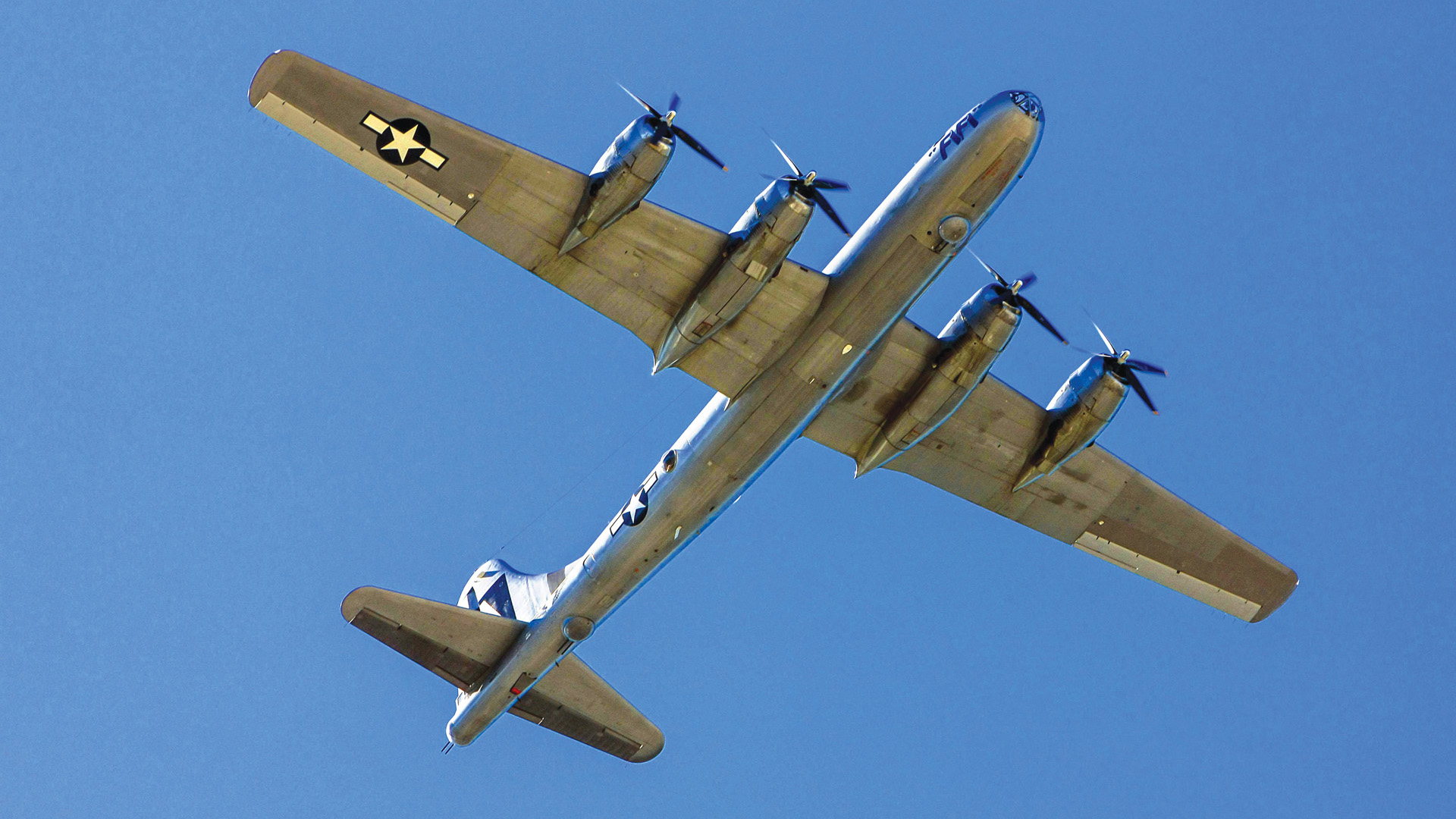
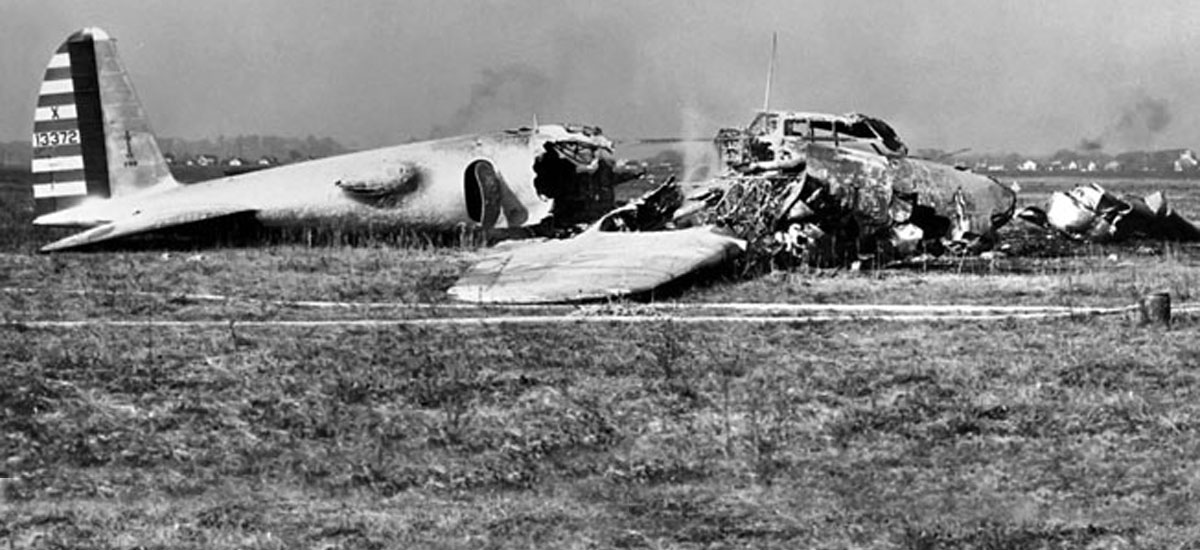
Join The Conversation
Comments
View All Comments